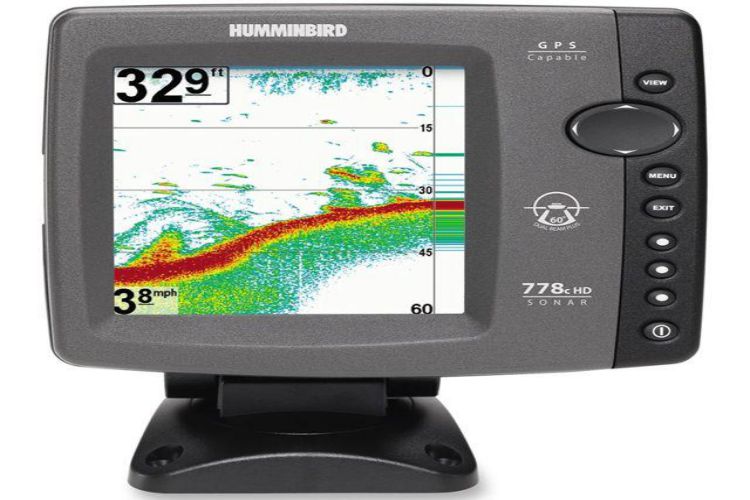 Are you in need of the best fish finders? Are you in the market for a new fish finder? Do you know how to choose the best fish finders? Fish finders help make fishing a lot easier as it locates where fish may be congregating and display that information on the screen. The first phase of fishing is locating the fish. Fish finders get that done for you. In this article, we will discuss how to choose the best fish finders for your fishing trips.
Are you in need of the best fish finders? Are you in the market for a new fish finder? Do you know how to choose the best fish finders? Fish finders help make fishing a lot easier as it locates where fish may be congregating and display that information on the screen. The first phase of fishing is locating the fish. Fish finders get that done for you. In this article, we will discuss how to choose the best fish finders for your fishing trips.
Table of Contents
1. Power
When choosing a fish finder, one of the first things to pay attention to is the power that the fish finder puts out. There is a direct relationship between the power of the fish finder and the strength of the sound waves it sends out.
The power of the fish finder will determine how much information the fish finder gathers from the returning sound waves. Moreover, the power of the fish finder also determines the reach of the “pings” sent from the transducer. The more power the fish finder has, the farther the pings will go out into the depths of the water to send back information about what is in the depths. The power is rated in Watts and the larger the power number, the better for the fish finder and the collection of information.
2. Transducer
When choosing a fish finder, the transducer is something that you want to get as much information as possible about. The transducer sends out and receives sound waves that carry bytes of information about the fish and structures that are at the bottom of the water. The transducer is actually the information-gathering device that will provide you with the location of the fish, the contours of the bottom, and other information.
If you don’t know what a transducer is, you can do a quick Google search and read about it before going out to buy a fish finder at a store or online. That research will put you in a better position to know which type of transducer you should look for in the fish finder.
There are different types of transducers. Some emit single frequencies, while others emit dual and multiple frequencies. You will benefit from more accurate readings from a transducer that emits dual or multiple sound waves.
3. Screen Size
When choosing a fish finder, you want to seriously consider the size of the screen. The larger the screen the clearer the images will appear and allow you to see what is at the bottom and where the fish are hanging out. A smaller screen will make it difficult for you to clearly see and interpret what is at the bottom of the water. This will impact your decisions about fishing and make it more challenging.
There are many different sizes of the screen regarding fish finders and you want to carefully think about the size of the screen that will work well for the boat you have or the one you will use often when fishing. A large screen may take up too much space while a small screen may adequately display the information for you to make the right decisions.
4. Resolution
The resolution is another important feature to consider when choosing a fish finder. The resolution allows you to clearly see the images. Like any optical device, the resolution determines how clear or unclear the images will appear to you.
The number of pixels determines the resolution of the fish finder. It is a dot and these little dots together, create the image that you see on your display. The higher the number of pixels, the better. A pixel resolution of 240 by 240 pixels is the lowest number of pixels you should accept when choosing a fish finder. Always find out what is the pixel resolution of the fish finder screen to get an idea of the quality of the resolution.
5. Portability
There are portable and fixed fish finders. Each has its place and purpose. However, the trend today skews towards the portable fish finder. The portable fish finder allows you to use it in boats, kayaks, canoes, ice fishing, and other vessels. It can be used in many scenarios, unlike the fixed fish finder which is mounted and fixed to the fishing vessel.
Conclusion
Fish finders help you locate fish, and structures, identify other objects, and reefs, and understand the contours at the bottom. With this information, you can determine where to target the fish that you are trying to catch. There are many different types of fish finders on the market today and you will have to take into consideration many factors when choosing a fish finder for your fishing trips.
You can also find ice fishing fish finders that will help you locate fish when ice-fishing during the winter months. In this article, we have discussed which features to pay attention to when choosing a fish finder so you get the right one for successful fishing trips. If you would like to get more information about fishing as well as fishing tips on how to catch a variety of fish, then you can visit this website.






